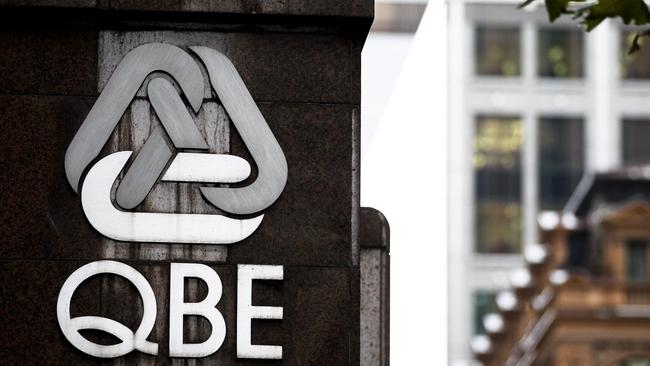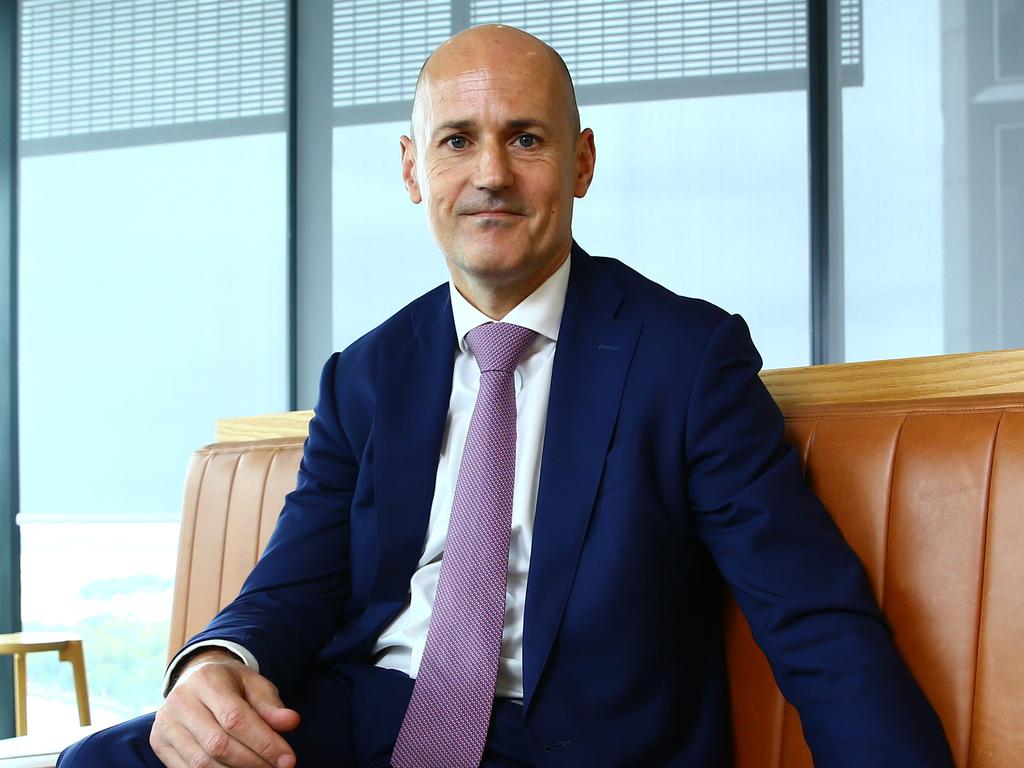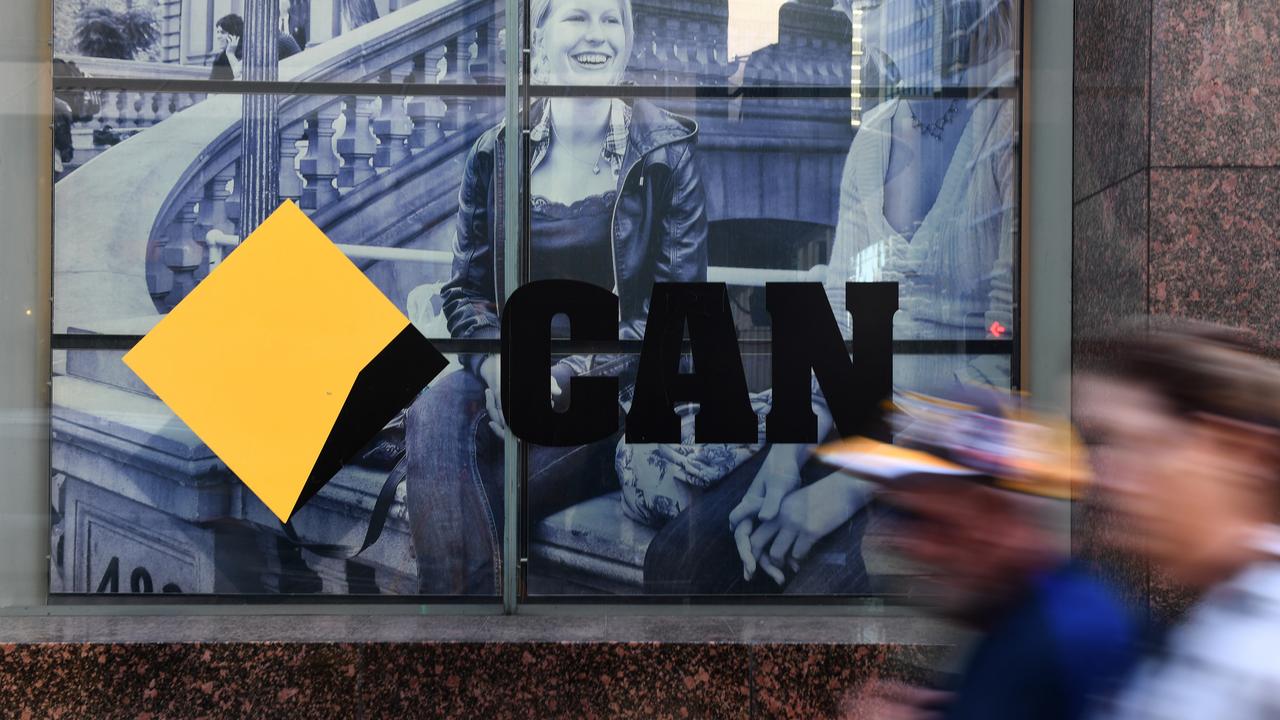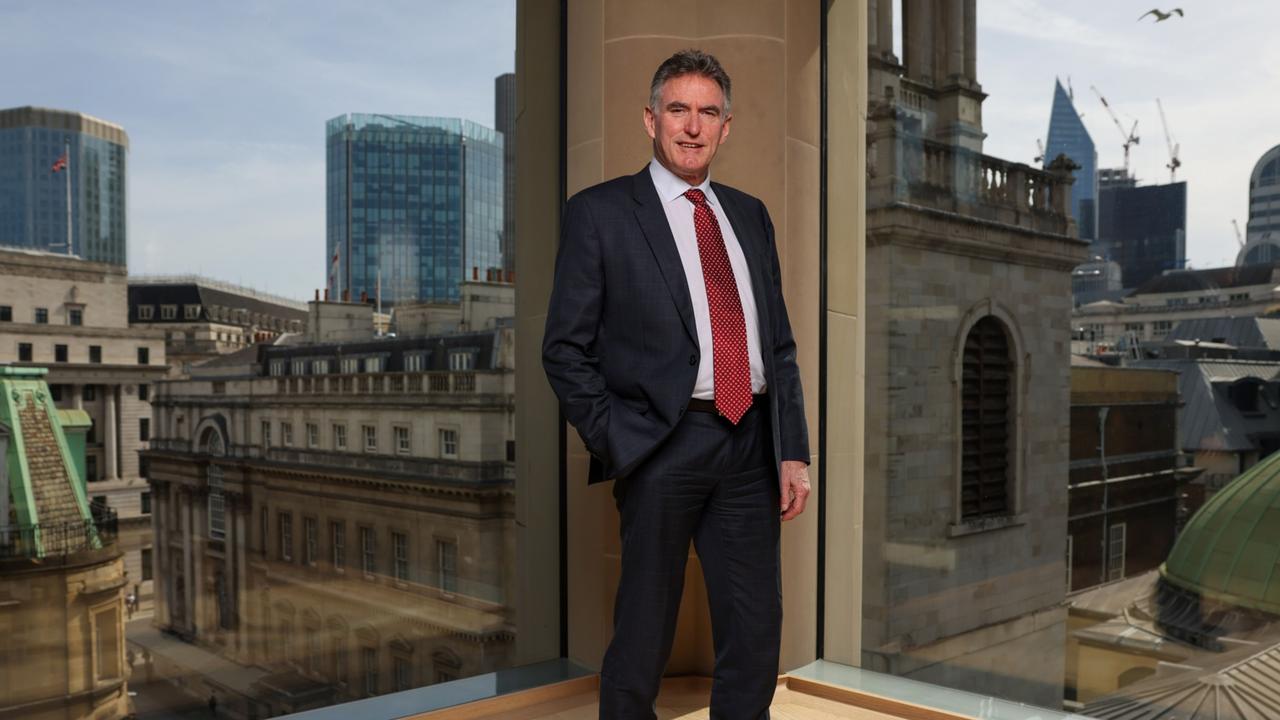QBE flags rebound after $US1.5bn loss, says interruption claims mean ongoing uncertainty
QBE Insurance’s interim chief executive Richard Pryce says COVID-19 business interruption claims pose the “greatest uncertainty” for the sector.

QBE Insurance’s interim chief executive Richard Pryce says COVID-19 business interruption claims pose the “greatest uncertainty” for the sector, and in Australia ongoing legal test cases to clarify issues could spill into next year.
His comments came as QBE flagged a better 2021 after axing its final dividend for last year, due to marked losses of $US1.5bn and lower investment income.
QBE operates in 27 countries globally and has substantial operations in North America, Europe and Australia. The issue of whether business interruption insurance policies cover global pandemics has been highly topical, and tested in court in the United Kingdom and Australia.
The insurance sector failed in the initial UK and Australian test cases on the issue, although the Insurance Council of Australia is seeking leave to appeal to the High Court after its high-profile defeat last year.
“It is difficult to see any clarity emerging with respect to Australian business interruption in the first half of 2021, and the time frame could easily extend toward the end of 2021 and beyond,” Mr Pryce said.
“The group considers that it has allowed for potentially extreme, albeit it highly unlikely, Australian business interruption claims scenarios.”
He also flagged further legal test cases would be pursued in Australia, but said in the US there were clear virus exclusions in many policies and QBE regarded the possibility of swelling claims in that market “as remote”.
Last month, QBE said the group’s total ultimate COVID-19 allowance was $US785m ($1bn) including risk margins of $US300m. The insurer has disclosed a net cost of UK insurance business interruption claims of $US70m.
“The eventual cost and timing and emergence of COVID-19 losses remains a significant risk to the industry and is undoubtedly contributing to rate increases,” Mr Pryce said. QBE expects more claims to flow through - in areas including trade credit and lenders’ mortgage insurance - as government pandemic stimulus is unwound around the world.
For potential claims in lenders’ mortgage insurance QBE set aside $US60m, even though Mr Pryce said he expected that amount would be unnecessary given the economic rebound occurring in Australia.
QBE‘s result came in at a statutory net loss of $US1.5bn for the 12 months ended December 31, compared to a $US550m profit in 2019. The earnings were marred by factors including reduced investment income, higher catastrophe claims from extreme weather events, the impairment of goodwill and deferred tax assets in North America.
The insurer’s board said it would resume dividend payments with its 2021 first-half results, as long as global economic conditions do not deteriorate materially.
It’s the first time QBE hasn’t paid a dividend for at least 38 years, given the company endured a tumultuous 2020.
The company did point to healthy premium rate increases on insurance policies for at the least the remainder of 2021, following average group-wide renewal premium rate increase of 9.8 per cent in 2020.
“While obviously disappointed with the headline loss, premium momentum accelerated across 2020 and has continued into 2021,” Mr Pryce said, noting optimism for this year after a tumultuous 2020 which included the dumping of former CEO Pat Regan. “In the northern hemisphere this is the strongest premium rate environment we have seen for at least a decade.”
QBE’s shares rallied as high as $9.05 in Friday’s trading before closing up 3.1 per cent at $8.99.
Jarden analyst Kieren Chidgey said the 2020 results showed a “more favourable story” around underlying profit improvements.
“While lower investment yields are a slight headwind, yield curves are starting to lift in outer years. As strong (premium) rate rises to earn through and with further expense ratio improvements outlined, we believe QBE is well placed to deliver strong earnings growth,” he said.
UBS analysts said QBE’s result demonstrated the core business was “on track for ongoing growth and margin expansion”.
QBE reported a 10 per cent rise in gross written premium to $US14.7bn, and net earned premium increased 4 per cent to $US11.8bn.
But investment income tumbled to $US226m for 2020, compared to $US1.04bn the prior year, even as returns picked up in the latter 2020 half.
The combined operating ratio - which indicates unprofitable underwriting results above 100 per cent - printed at 104.2 per cent.
In December, QBE signalled a full-year loss of $US1.5bn, with its bottom line hit by large writedowns, COVID-19 costs and elevated catastrophe costs. Impacting 2020’s earnings were Australia’s bushfires and storms and US wildfire and hurricane season.
Mr Pryce highlighted the frequency of extreme events in 2020, which he said put the year on a similar footing to 2017, considered one of the costliest catastrophe periods in history.
QBE parted ways with Mr Regan in September 2020 after a probe found inappropriate conduct following a complaint from a female employee.
The insurer’s annual report showed Mr Regan received termination benefits - including a payment in lieu of a reduced notice period – of $US213,500 and leave entitlements $US265,500. At the time of his exit QBE said about $9m in share grants and rights were forfeited.
Mr Pryce reiterated that he wasn’t interested in becoming QBE’s permanent CEO.
“I’m not considering the role permanently... I’m going run 2021 with the leadership team, and my understanding is the board is progressing well with the search,” he said.
The company said the adjusted net cash loss printed at $US863m for 2020, compared to an adjusted profit of $US733m in 2019.
QBE’s prescribed capital amount came in at 1.72 times as at December 31, up slightly from 1.71 times a year earlier and above the midpoint of the group’s target range. That was inclusive of a $US100m allowance for “prospective COVID-19 claims”.






